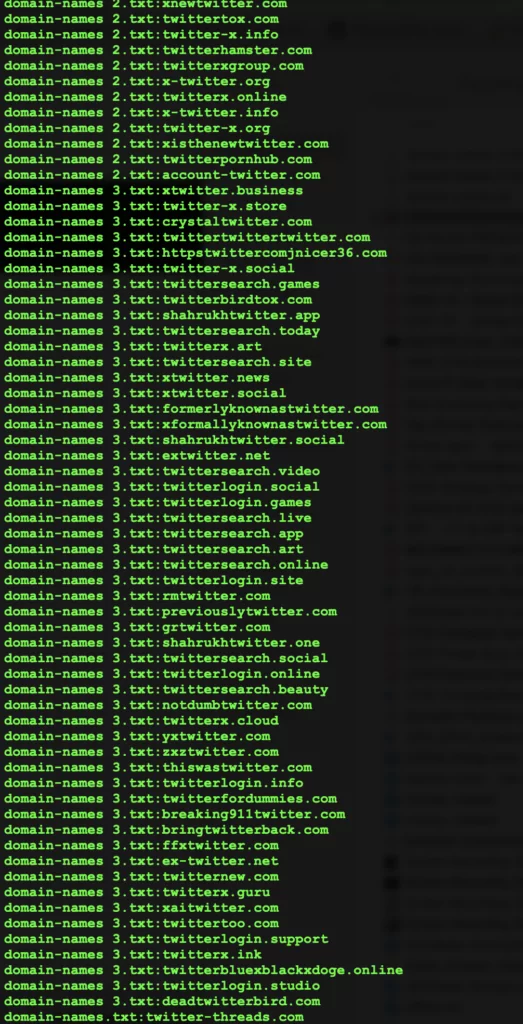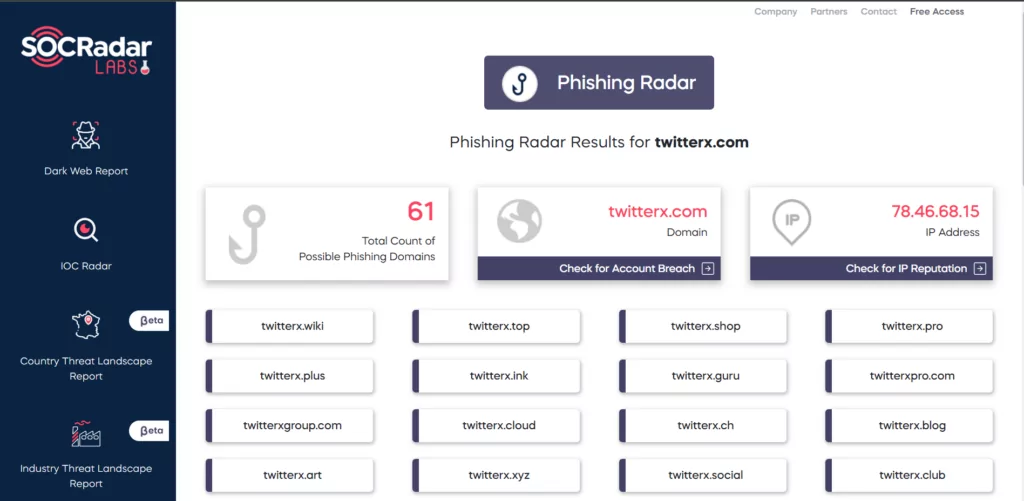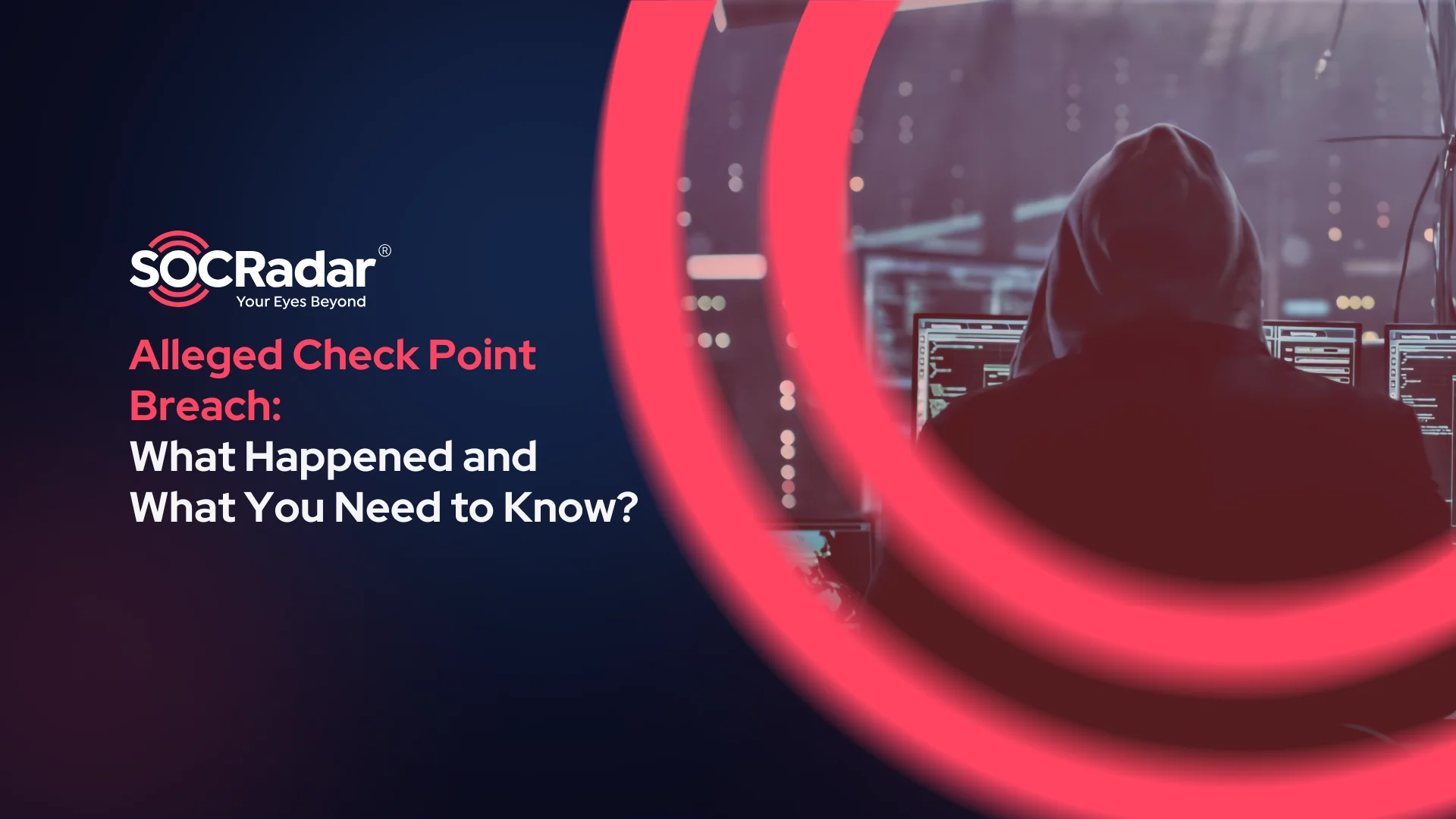
The Phishing Risks of Twitter’s Name Change to X
In today’s digital playground, social media swings both ways, offering a fun-filled space for individuals to connect and share, while also serving as a dynamic B2B carousel, where businesses can showcase their talents and build meaningful relationships. However, the “excitement” of Twitter’s transformation into X has brought with it a new wave of cybersecurity risks. Threat actors are wasting no time in seizing the opportunity to exploit this change, as domains incorporating both “Twitter” and “X” are already being snapped up. In this blog post, we delve into the potential phishing dangers posed by this transition, as malicious actors create fake accounts and impersonate businesses on the evolving social media landscape.
Credential Harvesting and Account Takeover

Following Twitter’s recent name change to X, threat actors now have an opportunity to register domains mimicking the new name. This opens the door for potential phishing campaigns where malicious actors can engage in credential harvesting. Once obtained, these credentials could then be used to carry out account takeovers on the X website, further exacerbating the risks posed by this transition.
The malicious actors have the option to either sell the acquired credentials or utilize the compromised accounts for engaging in deceptive practices, deceiving clients, and executing highly convincing phishing attacks.
Phishing Attacks and Malware Distribution
The rebranding of Twitter to X can lead to a surge in phishing attempts, as threat actors exploit users’ curiosity about the transition. Threat actors may employ deceptive emails, urging Twitter users to re-register their accounts on X, luring them to click on malicious links that direct them to phishing websites or initiate malware downloads.
It is essential to note that legitimate platforms usually do not require users to re-register their accounts during a rebranding process. Therefore, any emails claiming such actions are unnecessary and potentially deceptive. Proactive education of employees and users to ensure the safety of their accounts during the transition could fortify defenses against such scams.
Conclusion

To safeguard your organization’s digital presence and protect your brand reputation, proactive measures are essential. SOCRadar Labs offers a valuable and free tool called Phishing Radar, specifically designed to address these risks. By generating possible words from your domain name and searching for them in all domain name databases, Phishing Radar detects domain spoofing and phishing attempts, empowering you to stay one step ahead of threat actors.
Educating employees and users about the transition and raising awareness about potential phishing risks will strengthen your defenses against malicious activities. By staying vigilant and leveraging tools like Phishing Radar, you can confidently navigate the rebranding landscape and ensure the resilience of your digital ecosystem. Protect your brand, customer trust, and valuable data with SOCRadar Labs’ Phishing Radar.



































